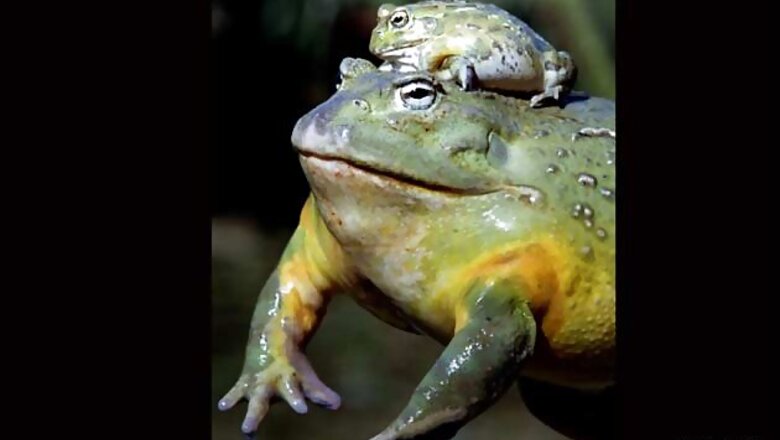
views
Melbourne: A frog's jump is not as simple as it seems, according to scientists who have discovered that different species adopt different leaping styles depending on their environment.
The scientists found that tree dwelling frogs reached great heights but did not cover much distance with their jumps.
Aquatic frogs, meanwhile, jumped very long distances but remained close to the ground. On the other hand, the jumps of burrowing frogs were low both in height and distance.
Lead researcher, Marta Vidal-Garcia, a PhD candidate at the Australian National University, used high speed video cameras to film the jumps of approximately 230 wild frogs, from 30 different species.
"We searched actively for the frogs at night after heavy rains during their breeding season, as they are more likely to be active," Vidal-Garcia said.
The frogs were caught by hand and filmed in the field with two high-speed filming cameras in order to get a Three-Dimensional view of their jumps.
The videos were then analysed frame by frame by computer software and variables including height, distance and speed were measured.
The results showed that frogs from different habitats adopt distinct jumping styles.
Frogs from different habitats also had distinct shapes.
"Burrowing frogs have very squat bodies and short limbs. This is because they tend to occupy arid environments so this helps to minimise water loss through their permeable skin. The aquatic frogs, however, have more streamlined bodies with longer limbs to improve swimming ability," said Vidal-Garcia.



















Comments
0 comment